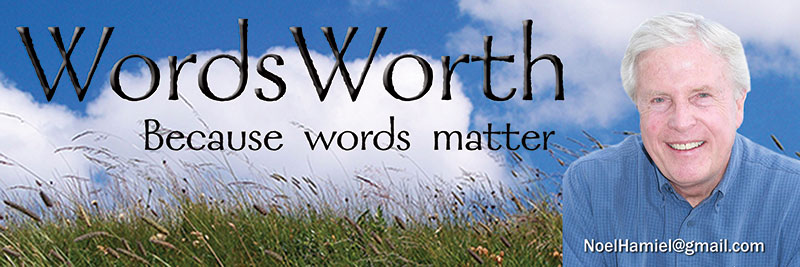Drought: A period of dryness especially when prolonged; specifically, one that causes extensive damage to crops or prevents their successful growth. – Merriam Webster Dictionary
The sound startled me.
It was late afternoon, and I was catching up on some bookwork when I first heard a gentle tap, as if someone was at the door, except that it was just one tap.
Puzzling.
Then another followed. Was it a bird pecking at the window? A tree branch hitting the roof, now that the wind had come up?
Suddenly the taps came closer together and as I looked outside I saw the raindrops.
It had been so long, I’d forgotten what they sounded like.
Stepping out on the front porch so I could enjoy the full effect of this rare phenomenon, I wondered how long it would last. The mystery was short lived. In 15 minutes the raindrops moved elsewhere, leaving just enough moisture behind to settle the dust on the gravel road for two or three hours.
Whenever our state suffers a dry spell, it often is unexpected. But it shouldn’t be.
I’m not a meteorologist, but I’ve lived long enough in South Dakota to know that rain is unpredictable, elusive, and sometimes, absent.
It can turn around quickly and over the long term we’ll get enough rain to survive. But it’s the short term, the growing season, or multiple growing seasons, that determine in large part how South Dakota will fare. A dry fall followed by a dry spring has deepened just about everyone’s concern. Grass is short; fields are thirsty.
Back in 2006 when we needed rain, I was reminded of one of my favorite books, “The Time It Never Rained,” by Elmer Kelton. It told the story of a west Texas rancher who knew hard times and was going through another one. It got so dry he started raising sheep instead of cattle, and burned the thorns off the prickly pear so livestock could chew the pulpy green leaves. He was forced to make the same decision some South Dakota ranchers already are making: Sell livestock or buy feed.
I contacted Kelton to ask him about the conditions in Texas that year, and was pleasantly surprised when he responded:
“Sorry about South Dakota’s drought,” he wrote. “We’re having one, too. I am not sure but what it is the same old drought as before, punctuated by occasional short periods of relief.”
That’s what it feels like today in South Dakota. We need rain — at least in most parts of the state. It will come, but it’s always a question of “when” and if it will be enough.
June 28, 2017
